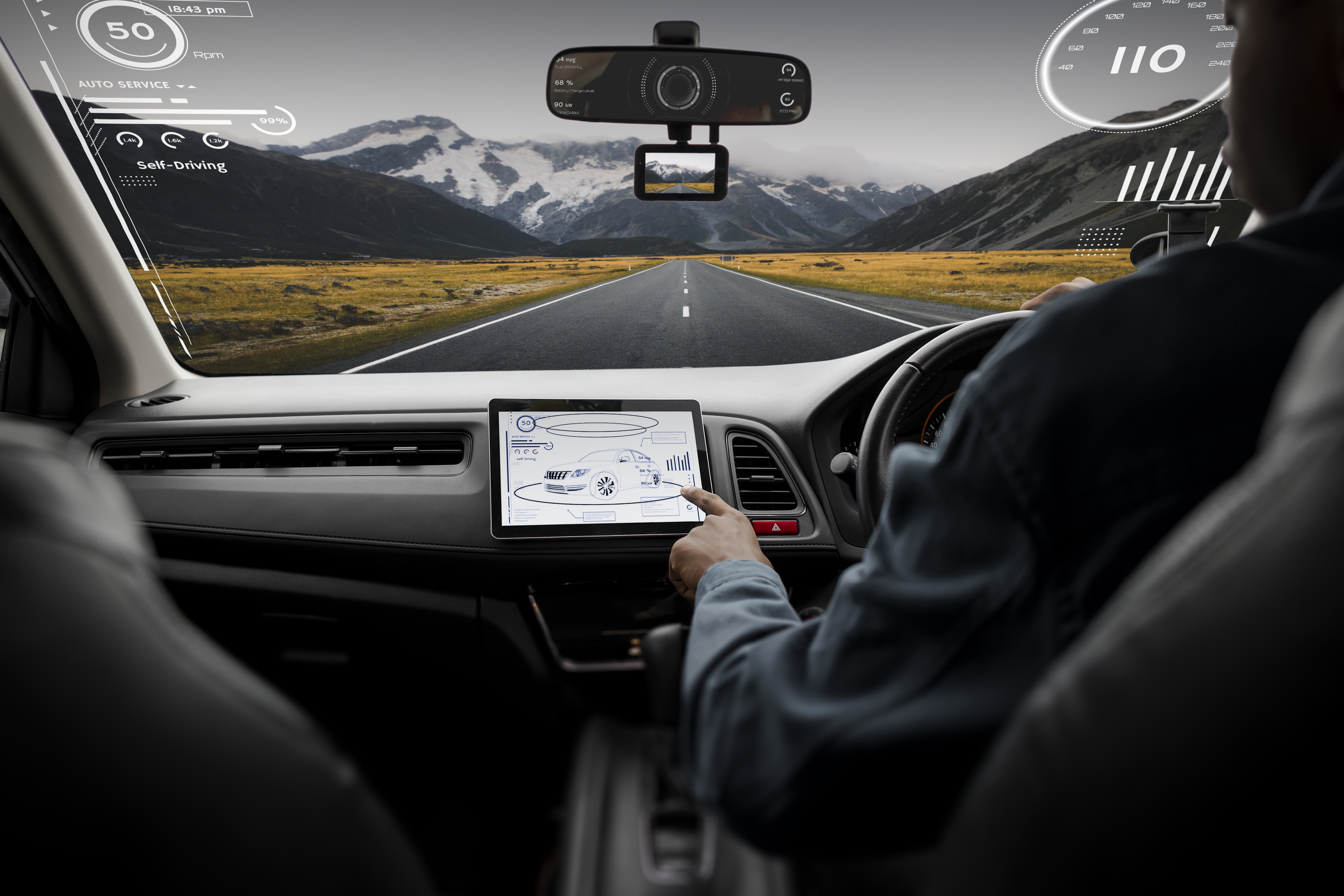
Self-Driving Cars: Pros and Cons
Self-driving car technology—often referred to as driverless car technology or autonomous vehicle technology—has evolved from an entertaining science fiction idea to a field of growing reality in the past couple of years. This technology, based on artificial intelligence, appears promising as a means of saving lives and eliminating transportation inefficiencies. However, it also has downsides alongside its benefits. We'll keep you up to date on the progress of self-driving vehicle technology in the following article, with a look at the pros and cons of autonomous vehicles.
The following are the benefits of autonomous vehicles.
Enhanced Safety Minimization of Accidents: Autonomous vehicles are constructed to minimize human errors, a leading cause of accidents. They immediately detect and react to potential dangers with the help of advanced sensors and algorithms far quicker than human drivers.
Comparable cars: Self-driving cars excel by scaling that data and the use of predictive algorithms to make decisions when responding to various driving conditions. It makes drivers far, far less likely to get into a crash.
Less Traffic Jam: Robots can steer in such a way that they effectively minimize traffic, congestion, and consumption of fuel. These conductions of self-operation, accessibility, conformity, and many others.
Environment Friendly
● Efficient Driving: Autonomous vehicles are typically able to optimize driving patterns, resulting in fuel and emissions reductions. They handle levels of battery use in electric vehicles so as to decrease carbon emissions.
● Smart City Abilities: Such vehicles can be integrated with smart city infrastructure, which will go a long way towards improving environmental sustainability through various mechanisms, including reducing idle time or traffic light optimization.
Cons of autonomous vehicles
Technical and Safety Challenges
● Complex Technology: The continuous development and sustaining of the sophisticated technology that is needed in order to have fully autonomous vehicles is not an easy task. It becomes critical to address factors like system failure, software glitches, and restricted sensing capabilities as they bear on safety and reliability.
● Cybersecurity Risks: Self-driven cars have the problem of hacking or any form of cybersecurity attacks. One of the challenges is to guarantee that the security measures would be rather stringent for protecting vehicle systems and passengers’ information.
Ethical and Legal Issues
● Decision-Making Dilemmas: Self-driving cars should be designed to think in ethical ways when it comes to the lives of the individuals inside the car and on the roads. Distinguishing how a self-driving car should behave in cases of possible harm is one of the major ethical questions.
● Legal and Liability Concerns: Self-driving cars are creating transitional justice concerns, such as who will be held legally liable in the event of an accident. The law also poses a major challenge in defining culpability between car makers and software producers as well as users.
Impact on Employment
Job Displacement: The widespread popularity of self-driving cars may result in massive layoffs in this sector, including truck drivers, taxi drivers, and delivery boys. It becomes critical to address the economic disruptions that may occur to these workers as a result.
Skill Requirements: Professionals involved in vehicle maintenance, programming, and cybersecurity may need to develop new skills and/or undergo further training when society fully shifts into an autonomous vehicle economy.
Infrastructure and Integration
Infrastructure Adaptation: Present roads that are in use today may require overhauls to suit the coming self-driving vehicles. Hence, the adoption of new technologies and platforms as well as the development of new structures is a necessity in order to facilitate integration.
Public Acceptance: Also, higher public acceptance of autonomous vehicles is needed. To make such vehicles widespread, people need to be convinced of their safety and reliability.
Conclusion
Self-driving cars are a step up from existing vehicles, providing such amenities as increased safety ratings, convenience, accessibility, and being environmentally friendly. However, some of the challenges still persist and pertain to technical and safety concerns, ethical and legal considerations, possible loss of employment prospects, and changes in infrastructure. With the constant development of technology and changes in global legislation, the future of self-driving cars looks promising; however, these benefits have to be balanced with the disadvantages that might appear as a way to reach that goal.


Comments (0)
No comments yet. Be the first to comment!